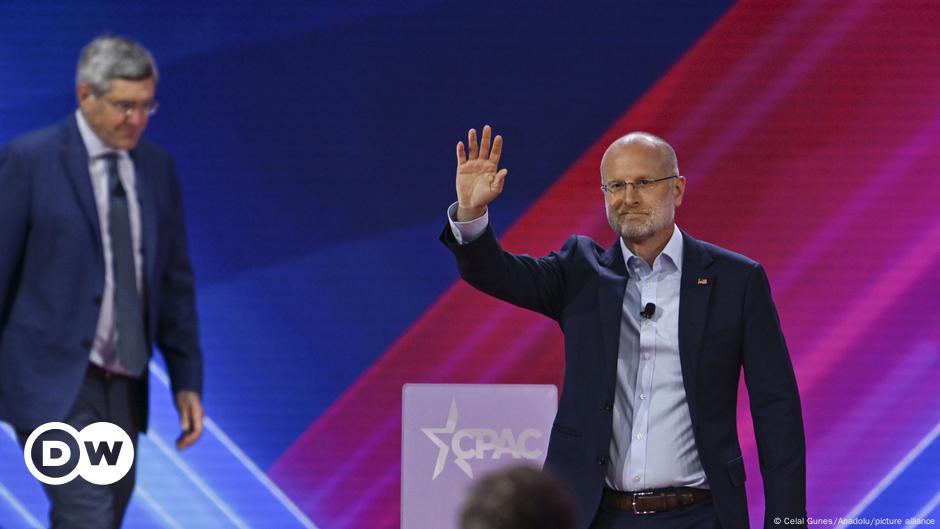“Defining deviancy down” — Daniel Patrick Moynihan’s famous phrase for lowering the bar of what’s considered acceptable behavior — now means defining dope upscale.
“Cannabis presented through a luxury lens” is the motto of a new, three-story marijuana emporium called Charlie Fox, located at 719 Seventh Ave. at West 49th Street in Manhattan and opening in December.
Sprawling across 6,000 square feet, it will sell only slightly fewer forms of ganja and related products than the Fantastic World of the Portuguese Sardine, around the corner, sells varieties of canned fish.
All in a clean, unthreatening, wood-paneled setting — unlike at the hundreds of rancid-smelling unlicensed weed peddlers that defy the city’s crackdowns, and at the legal ones that are only marginally less creepy. At a preview a few nights ago, it resembled a supper club with a second-story bar and a DJ.
Charlie Fox belongs to an insidious new breed of marijuana shops: New York State-licensed dispensaries that aim to replicate the experience of a high-fashion boutique or art museum. They’re a growing number of the estimated 60-odd legal dispensaries in the Big Apple — to say nothing of hundreds of illegal ones that defy the city’s crackdown. They signify that abandonment to heedless chemical indulgence, which rent the underclass social fabric, now is not only welcome but celebrated for the fine-wine-consuming, dinner-party crowd.
Thus, we find Charlie Fox’s “luxury” predecessors such as Travel Agency at Union Square, one of three stores the company has in the city, sporting the air of a Madison Avenue fashion boutique; Gotham in the East Village, which is “informed by New York City’s art, fashion and culture scenes,” according to weed industry chronicler Fast Company; and Dagmar Cannabis on West Broadway in Soho, “inspired by the rich cultural tapestry of Soho” and where “we have seamlessly blended the vibrancy of this iconic neighborhood with the allure of premium cannabis products,” its Web site says.
You may ask: If marijuana’s legal, what’s the harm in selling it in a clean, nicely designed store amidst pricey sportswear and sweet-smelling herbs? Because, while most licensed shops can easily be mistaken for unlicensed ones, and thus carry a reminder of potential risk, the glamorous ones proclaim that ingesting psychotropic THC is just another lifestyle choice, like choosing a wine or a designer jacket.
But I, and millions of my fellow citizens, are disgusted by marijuana’s perfidious proliferation — despite its popularity with legions of New Yorkers, including many friends who use it responsibly and without negative effects.
If you believe that concerns about pot’s perils belong only to “Reefer Madness”-era alarmists, know that a vast array of medical doctors, psychologists and researchers warn that the dangers of the drug other than for medicinal use are serious enough that it oughtn’t have been decriminalized. The risks include physical and emotional dependency, disruption of normal bodily and mental functions, and propensity to drive users to stronger narcotics.
I don’t need warnings from the federal Substance Abuse and Mental Health Services Administration (SAMHSA) to tell me marijuana “comes with real risks that can impact a person’s health and life.”
I knew it in my long-ago college and post-college days when friends and fellow students who got high on a few supposedly harmless joints endured “bad trips” of the kind associated with LSD. One suffered a psychotic episode in my dorm room, another in a parking lot where we gathered for beers after work.
Of course, today’s pharmaceutically engineered products are much, much stronger than the crude plants of the hippie era. Earlier this year, I suffered scary palpitations, rapid heartbeat and the inability to stand after foolishly sampling a mere half of a small marijuana cookie I purchased from High Society on Fulton Street while researching a story about illegal pot shops.
Sophomoric, New Age-y language attends recreational marijuana since its New York State legalization in March 2021 and its glorification as a luxury product like the designer duds and timepieces advertised in Vanity Fair and Vogue.
Travel Agency architect Christopher Long says of his designs, “The big idea is how do you create a sanctuary or a portal to a new destination.” It sounds awfully like 1960s promises of hallucinogens’ transporting powers — but also like 2020s ads for fancy resorts and high-rise condo apartments.
Charlie Fox would have us believe its products can fine-tune the high. Its “selection invites customers to select from four distinct moods — relax, sleep, socialize and create — allowing for ease of choice and peace of mind,” its Web page says.
I’ll be sure to ask the next stoned employee I encounter at Starbucks or Duane Reade which “mood” they’re in when they get my order wrong, make the wrong change or forget that I’m there at all.
The legal dispensaries’ pretensions to safety and discretion, mandated by state law, are hilarious in light of their effort to hook as many customers as possible. Among them are identity and age checks, prohibition against displaying cannabis in windows and — my favorite — locking up the products so you need help from an employee to get them.
We see this every day in New York, of course. But at least I know the toothpaste at Duane Reade won’t put me in a hallucinatory tailspin.

 By New York Post (Opinion) | Created at 2024-11-25 02:14:25 | Updated at 2024-11-25 04:37:49
2 hours ago
By New York Post (Opinion) | Created at 2024-11-25 02:14:25 | Updated at 2024-11-25 04:37:49
2 hours ago








